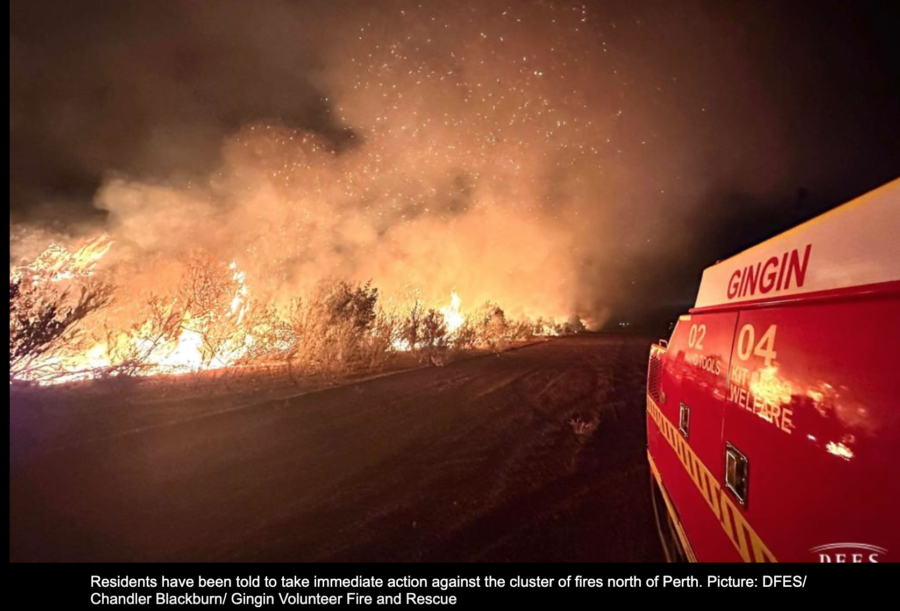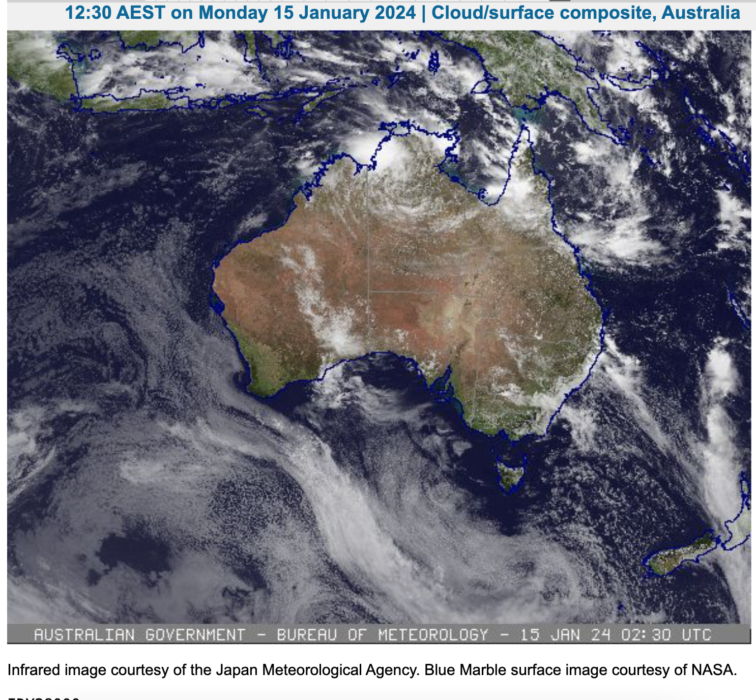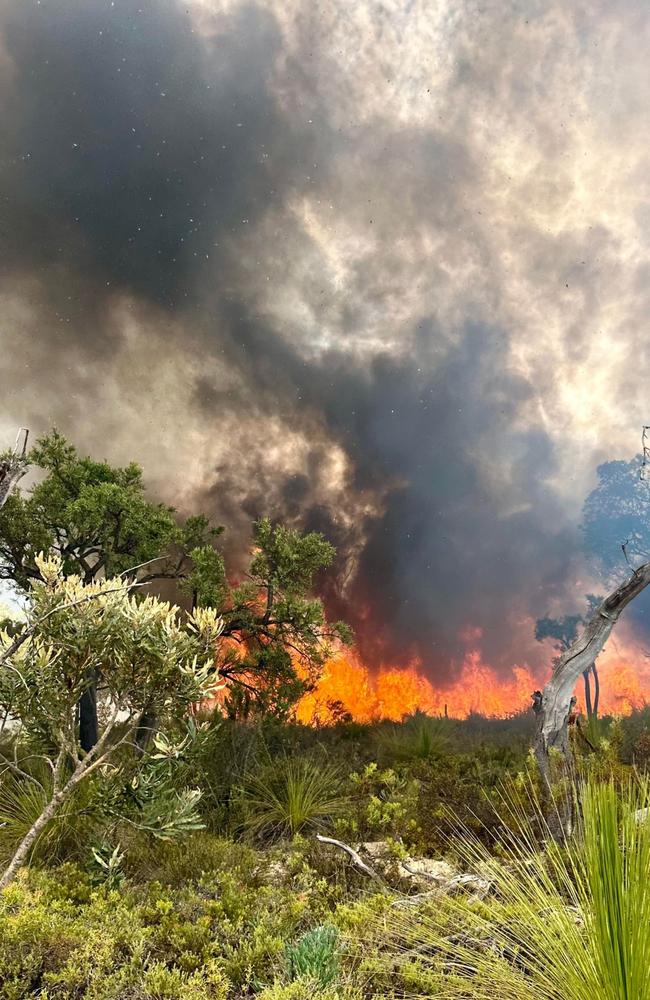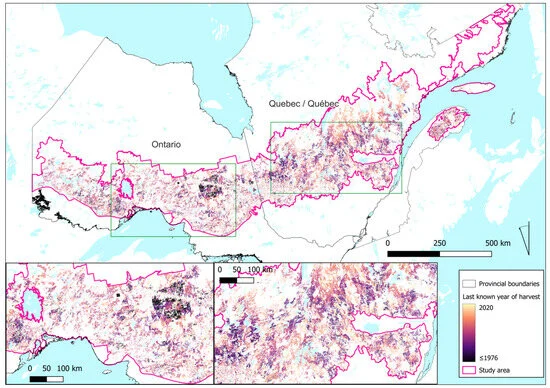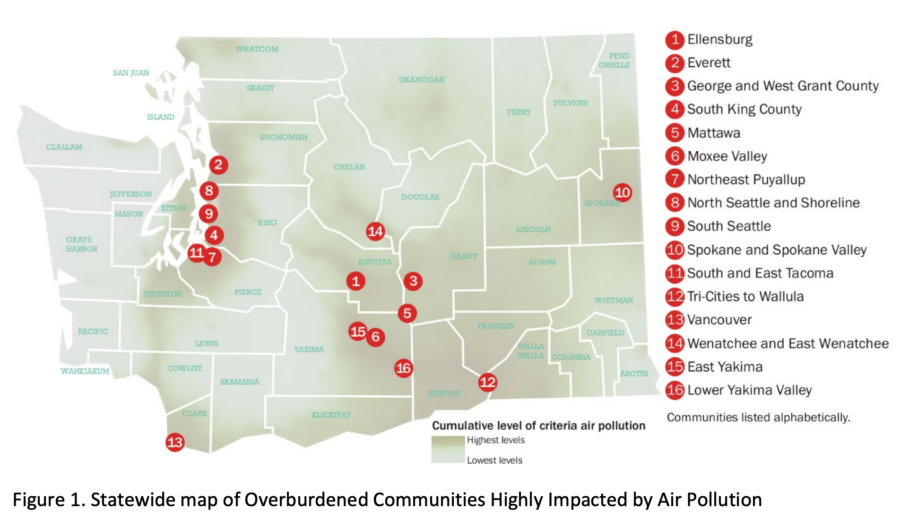A Quebec man who posted conspiracy theories online — including that forest fires were being deliberately set by the government — has pleaded guilty to igniting fires that forced hundreds from their homes during last summer’s brutal Canadian fire season.

On Monday Brian Paré, 38, pleaded guilty in Quebec to 13 counts of arson and one count of arson with disregard for human life. The CBC News out of Montreal reported that prosecutor Marie-Philippe Charron said two of the 14 fires he lit caused the evacuation of 500 homes in Chapais, a community about 425 kilometres northwest of Quebec City.
“On May 31 at 8:30 p.m., the town of Chapais issued a mandatory evacuation order due to the raging fires,” Charron said, “in particular the fire at Lake Cavan as well as the airport fire, two fires that are included in the charges and were caused by the accused.”
Residents of Chapais could not return home for three days.
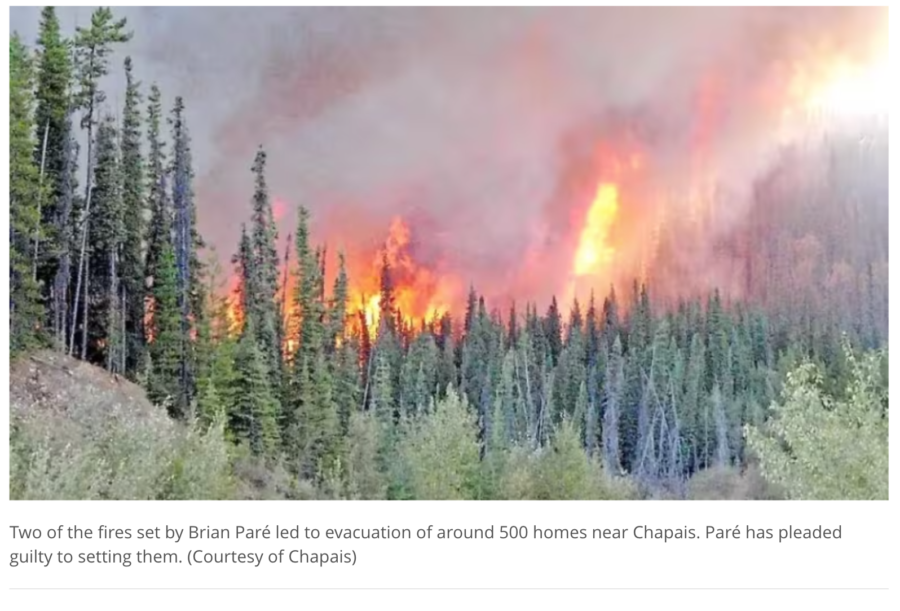
The Guardian reported that fighting that fire drew resources away from some of the nearly 700 fires in the province last summer. Most of those fires were ignited by lightning. The largest fire set by Paré, the Lake Cavan Fire, was one of the first in a series of five that he set between May 31 and June 1 just days after the provincial government had issued a ban on open fires because of dry weather conditions and fire danger.
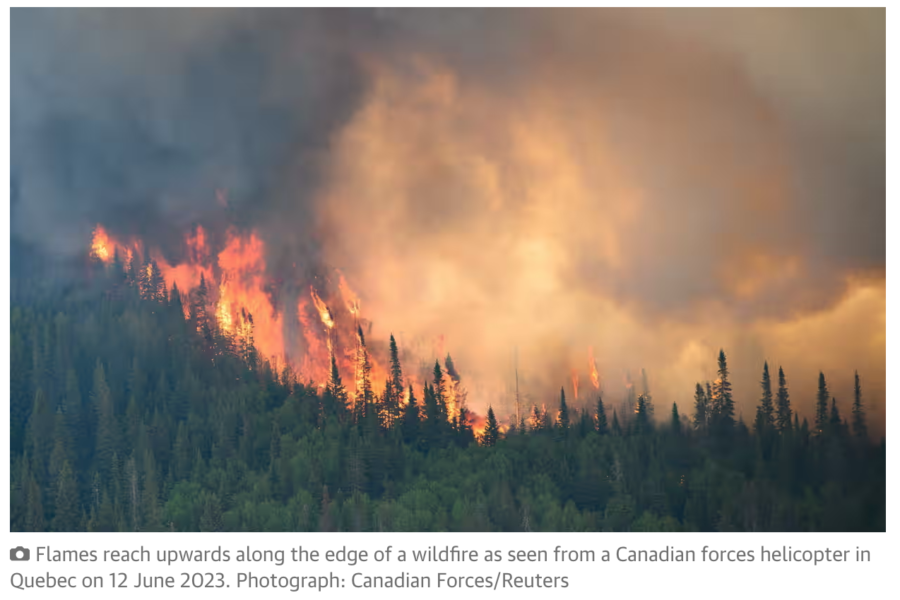
Provincial police and first responders noted that some of the fires had no possible natural cause, and evidence indicated that some of the fires were intentionally set. Police first spoke to Paré on June 2; he had been seen in the area near a fire’s ignition point, and was considered a witness. Though he denied starting the fires, Charron said Paré demonstrated interest in fires in an interview, which led police to suspect him.

And that month he began posting on facebook about Quebec’s record-breaking season; among his posts were claims that the fires were intentionally set by the government to trick people into believing in climate change. Police set a tracking device on Paré’s vehicle, and it tracked him at locations where other fires were ignited.


Paré was arrested on September 7 and admitted to starting nine of the fires. He said he was doing tests to learn whether the forest was really dry or not, according to the prosecutor.



